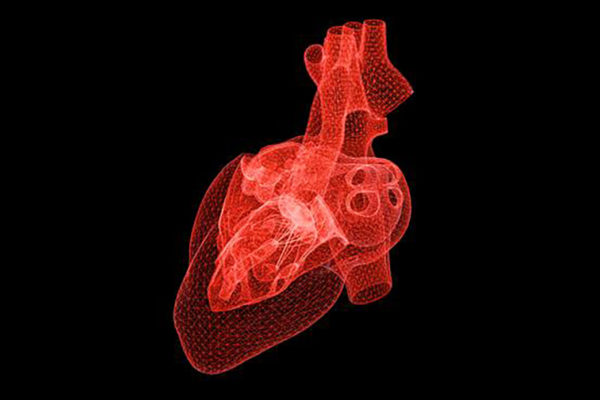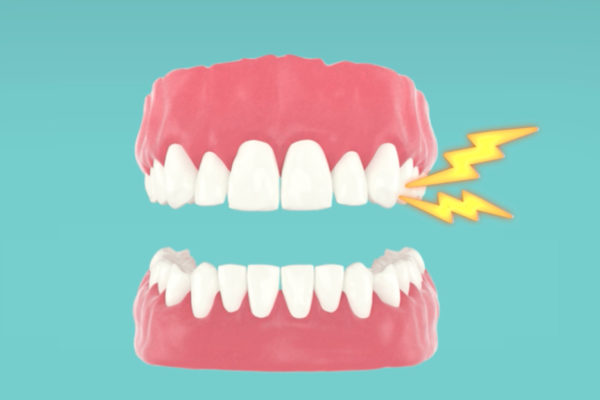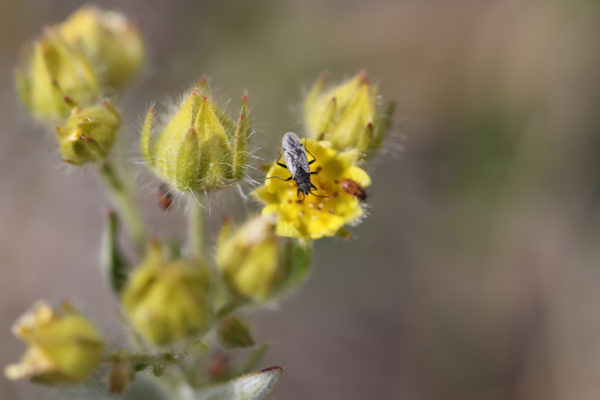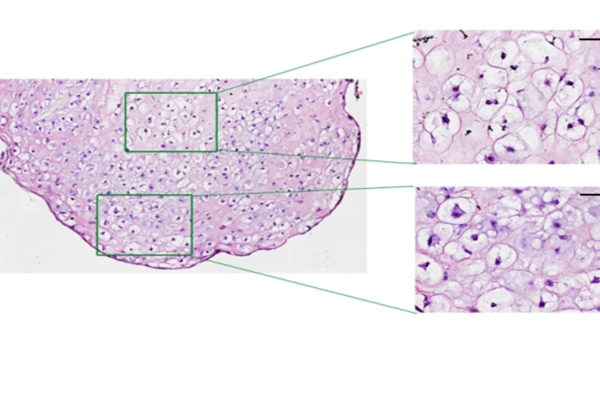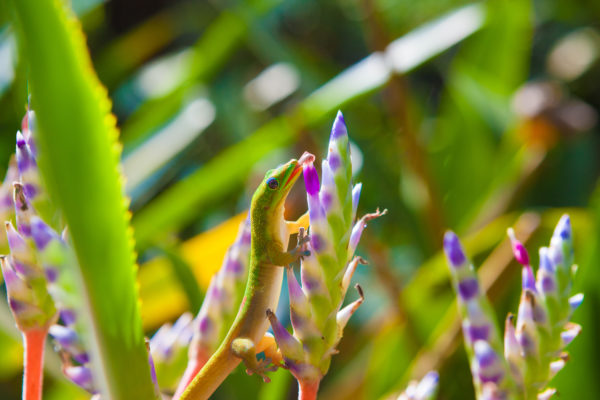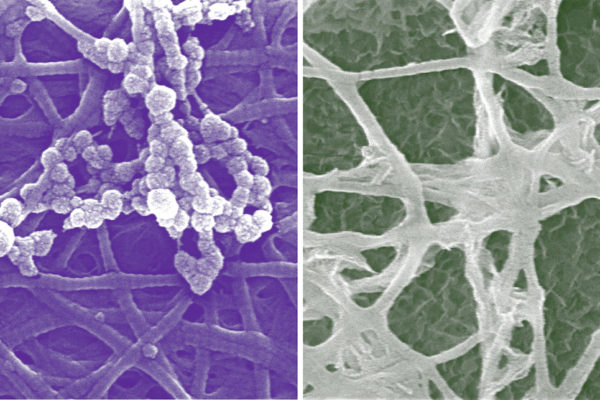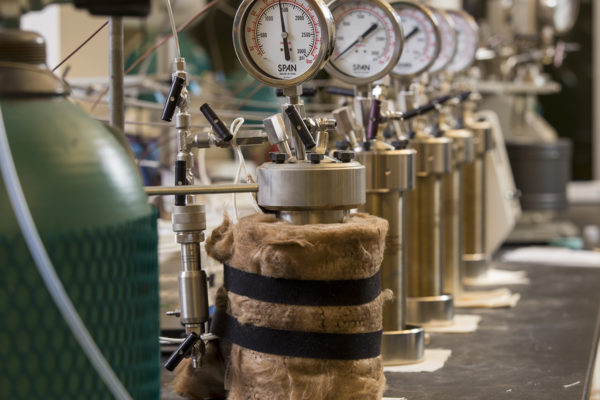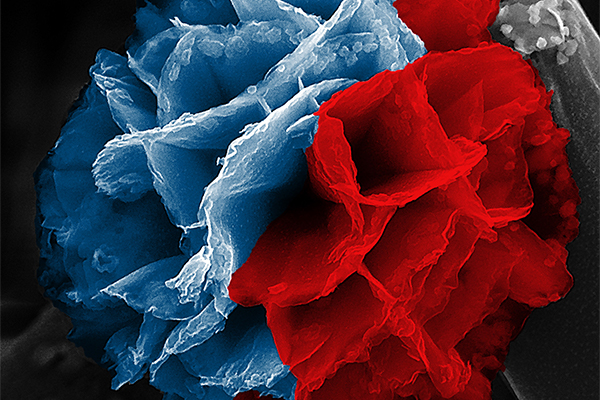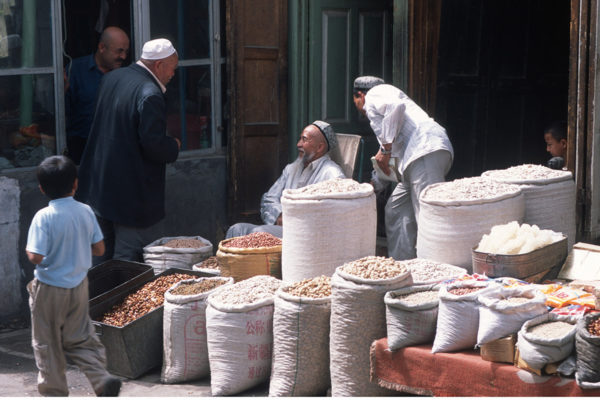An ‘unprecedented look’ into the protein behind hypertension, epilepsy and other conditions
The seemingly unrelated conditions of hypertension, epilepsy and overactive bladder may be linked by electrical activity in a protein long studied by a biomedical engineer at Washington University in St. Louis. After new technology recently revealed the structure of the protein, his lab will collaborate with two others to take an unprecedented look into its molecular mechanisms, potentially leading to the development of new drugs for these and other conditions.
Using tooth sensors to detect disease
An interdisciplinary team of researchers from the School of Medicine and the School of Engineering & Applied Science is redefining the notion of a wisdom tooth. The team is developing technology that could someday be used to detect early signs of certain diseases in high-risk patients.
Bugged out by climate change
Warmer summer and fall seasons and fewer winter freeze-thaw events have led to changes in the relative numbers of different types of bugs in the Arctic, says Amanda Koltz, a postdoctoral fellow in Arts & Sciences. The study relies on the longest-standing, most comprehensive data set on arctic arthropods in the world today: a catalogue of almost 600,000 flies, wasps, spiders and other creepy-crawlies collected at the Zackenberg field station on the northeast coast of Greenland from 1996-2014.
Faculty, students participate in climate summit April 22-24
Washington University faculty and students will moderate panels at the Saint Louis Climate Summit, hosted by Saint Louis University. Students, faculty and staff can attend an evening with Bill Nye of “Science Guy” fame and environmentalist Carl Pope on April 23 for free by showing their IDs at the ticket booth.
Back to the beginning
As scientists try to find therapy options to fight back and neck pain, considerable interest exists in harnessing stem cells to restore nucleus pulposus, the chief material in discs. Previous research shows human induced pluripotent stem cells (hiPSCs) can express markers for a wide variety of cells, including those that secrete NP. A collaborative team of scientists at Washington University has developed a new process to generate NP-like cells from hiPSCs.
Sustaining life on Earth
In the midst of what scientists consider to be a sixth mass extinction event, Washington University is joining forces with the Missouri Botanical Garden and the Saint Louis Zoo to collaborate on life-saving research and conservation efforts.
New cellular insights in bone development
Most of us don’t think about our teeth and bones until one aches or breaks. A team of engineers at Washington University in St. Louis looked deep within collagen fibers to see how the body forms new bone and teeth, seeking insights into faster bone healing and new biomaterials.
Trap, contain and convert
Injecting carbon dioxide deep underground into basalt flows holds promise as an abatement strategy. Now, new research by scientists at Washington University in St. Louis sheds light on exactly what happens underground during the process, illustrating precisely how effective the volcanic rock could be in trapping and converting CO2 emissions.
Making rusty polymers for energy storage
Research from the Department of Chemistry in Arts & Sciences advances the understanding of the chemical mechanisms involved with depositing rust and forming polymers, which will allow scientists to more easily manipulate and engineer the structures of the materials they make.
Food culture along the Silk Road
Like passionate foodies who know the best places to eat in every town, Silk Road nomads may have been the gastronomic elites of the Medieval Ages, enjoying diets much more diverse than their sedentary urban counterparts, suggests a new study in Scientific Reports.
Older Stories
